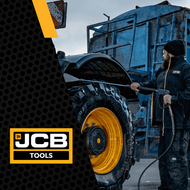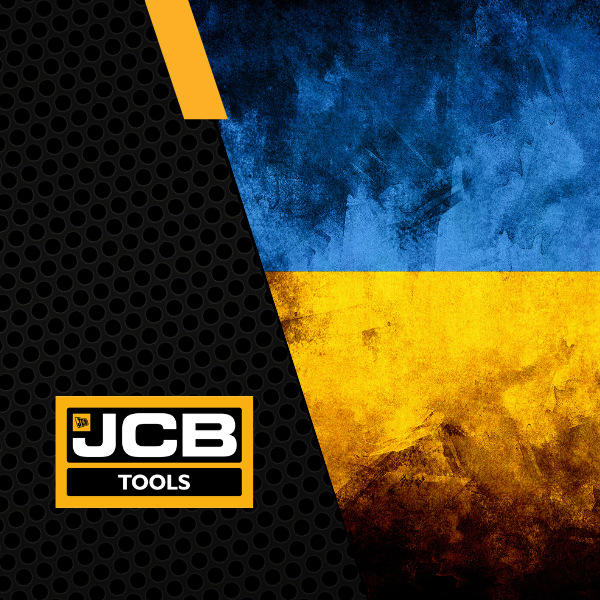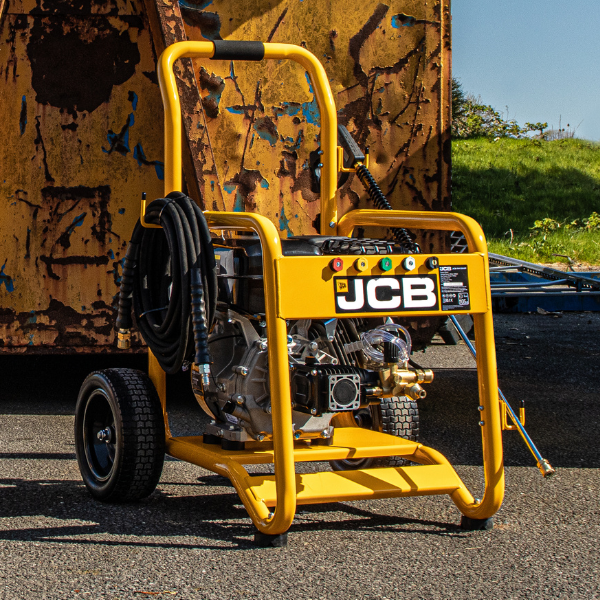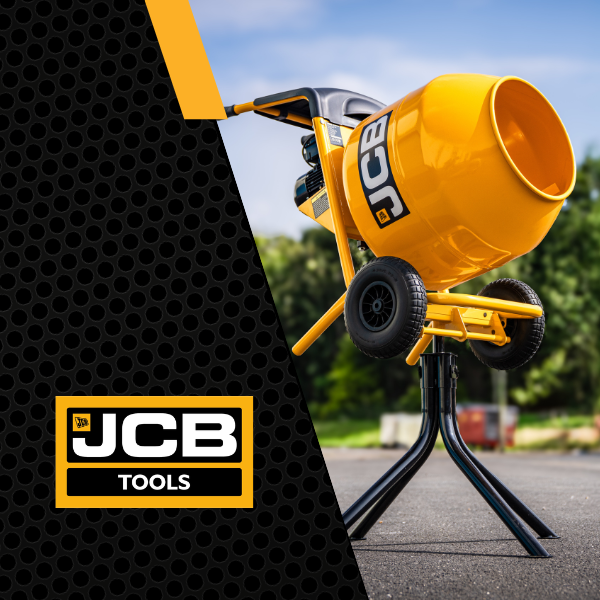Reviving Farm Machinery: How to Use a Pressure Washer for Farm Equipment
Posted by JCB Tools on 10th Jul 2025
When it comes to maintaining the health and longevity of farm machinery, cleanliness isn’t just cosmetic,it’s critical. Tractors, ploughs, harvesters, and ATVs endure extreme conditions and are constantly exposed to mud, grease, and crop residue. If neglected, this buildup can lead to wear and tear, reduced performance, and shortened equipment lifespan.
That’s why investing in a high-powered pressure washer for farm equipment is a smart move. Enter the JCB Petrol Pressure Washer 4000PSI (JCB-PW15040P)—a robust, heavy-duty machine ideal for agricultural cleaning tasks. With 4000 PSI of cleaning power and an industrial-grade Annovi Reverberi Triplex pump, this washer is your ultimate partner in farm equipment maintenance—during peak harvest or winter prep.
Here’s how to get the most out of your pressure washer for farm equipment and keep every piece of your machinery performing at its best.
Why High PSI Matters in a Pressure Washer for Farm Equipment
Farm machinery deals with more than just dust—it’s often caked in heavy mud, stubborn grease, and tough organic debris. A pressure washer for farm equipment needs to deliver both power and precision to tackle this kind of grime. This JCB model, with its 4000 PSI output, easily cuts through the muck that household washers can’t touch.
Benefits of high PSI pressure washing:
Prevents buildup that leads to corrosion or clogged components
Makes it easier to inspect for cracks, wear, or leaks
Enhances equipment performance by freeing up moving parts
In short, higher pressure means a deeper clean—and longer-lasting machinery.
Step-by-Step Guide: Cleaning with a Pressure Washer for Farm Equipment
1. Tractors
Common issues: Caked-on mud, greasy joints, hydraulic buildup
How to clean:
Use a 25° wide-angle nozzle for an initial rinse
Switch to a turbo nozzle for the wheels and undercarriage
Apply degreaser to engine and hydraulics; let sit for 5–10 minutes
Rinse with a 15° nozzle for targeted cleaning without damaging paint
2. Ploughs and Implements
Common issues: Dried mud, rust on metal blades
How to clean:
Use a 0° pencil nozzle only on hardened grime
Switch to 25° for general mud removal
Dry and apply rust inhibitor or protective oil
3. Harvesters
Common issues: Crop residue stuck in tight crevices
How to clean:
Remove guards or shields where possible
Use a detergent mix with a 15° or 25° nozzle
Gently scrub sensitive areas like screens and sensors
Rinse thoroughly and use compressed air to finish
4. ATVs and Utility Vehicles
Common issues: Mud in suspension, chain, and plastic areas
How to clean:
Begin with a 40° wide nozzle for plastics and painted panels
Move to 15° for metal parts and underbody
Clean around decals carefully to avoid peelin
Choosing the Right Nozzle for Your Pressure Washer for Farm Equipment
Using the correct nozzle helps avoid damage while improving cleaning performance. The JCB PW15040P comes with five key nozzles:
| Nozzle | Spray Angle | Best Use |
|---|---|---|
| 0° (Red) | Pencil Jet | Tough grime on bare metal (avoid painted areas) |
| 15° (Yellow) | Narrow Fan | Engines, joints, hydraulic zones |
| 25° (Green) | Medium Fan | General use on implements and tires |
| 40° (White) | Wide Fan | Plastics, decals, painted surfaces |
| Soap (Black) | Low Pressure | Applying detergent or foam cannon |
Pro tip: Start with a wider spray and narrow down as needed. Always test on a small patch first.
Degreasing and Protecting Your Equipment
A pressure washer for farm equipment should be used alongside a high-quality, washer-compatible degreaser. For best results:
Apply degreaser with the soap nozzle or a foam cannon
Let it dwell for 5–10 minutes, then rinse with medium-pressure nozzle
Post-clean, apply wax or silicone spray to protect painted parts
Use microfiber cloths to avoid paint damage during drying
Time-Saving Tips During Harvest and Maintenance Season
When you’re on a tight schedule, your cleaning process needs to be efficient. Here’s how to save time using your pressure washer:
Clean frequently to avoid hardened buildup
Use quick-connect fittings for faster setup and takedown
Batch similar equipment for streamlined workflow
Mount the washer on a wheeled cart for mobility
Keep extra nozzles and degreaser stocked and accessible
Why the JCB-PW15040P is the Ideal Pressure Washer for Farm Equipment
The JCB-PW15040P isn’t just any washer—it’s designed with farmers in mind:
4000 PSI / 15LPM: High performance for tough agricultural dirt
457cc JCB engine: Easy starts, consistent power
Annovi Reverberi Triplex Pump: Commercial-grade durability
Heavy-duty frame and wheels: Ready for any terrain
Whether you’re blasting away post-harvest buildup or prepping machinery for winter, the JCB delivers reliable performance across all farm scenarios.
A clean machine is a productive machine. With the right pressure washer for farm equipment, even the most challenging jobs become manageable. The JCB 4000PSI Pressure Washer empowers farmers to clean smarter, faster, and more thoroughly—extending the life of every piece of equipment.
FAQ's on Cleaning Farming Equipment
A pressure washer with at least 3000 PSI is ideal for cleaning farm machinery, but for heavy-duty cleaning of tractors, ploughs, and harvesters, a 4000 PSI pressure washer—like the JCB PW15040P—offers the power needed to remove hardened mud, grease, and crop residue without damaging components.
Start with a 25° nozzle for general rinsing, then switch to a 15° or turbo nozzle for tougher grime on the wheels and undercarriage. Apply a degreaser to the engine and hydraulic areas, let it sit for 5–10 minutes, then rinse thoroughly. Avoid using pencil jets on painted surfaces to prevent damage.
Here’s a quick guide:
0° (Red): For hard metal grime (avoid paint)
15° (Yellow): For joints, engines, and axles
25° (Green): For general cleaning
40° (White): For plastic and painted areas
Soap (Black): For detergent and degreaser application
Starting wide and working toward a narrower nozzle ensures you protect delicate parts while still achieving a deep clean.
Yes—if the wrong nozzle or pressure setting is used. Avoid 0° jets on painted or plastic surfaces. Stick with a 40° nozzle for painted panels and always test a small area first. After washing, use wax or silicone spray to help protect paint and reduce future wear.









